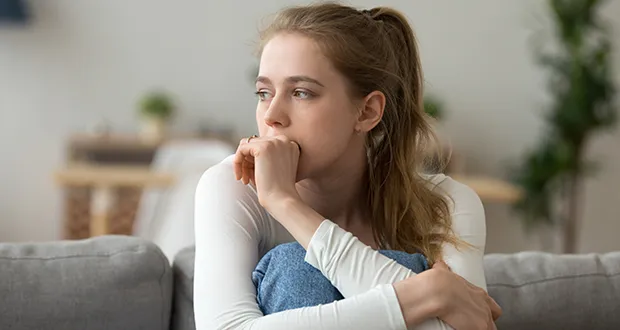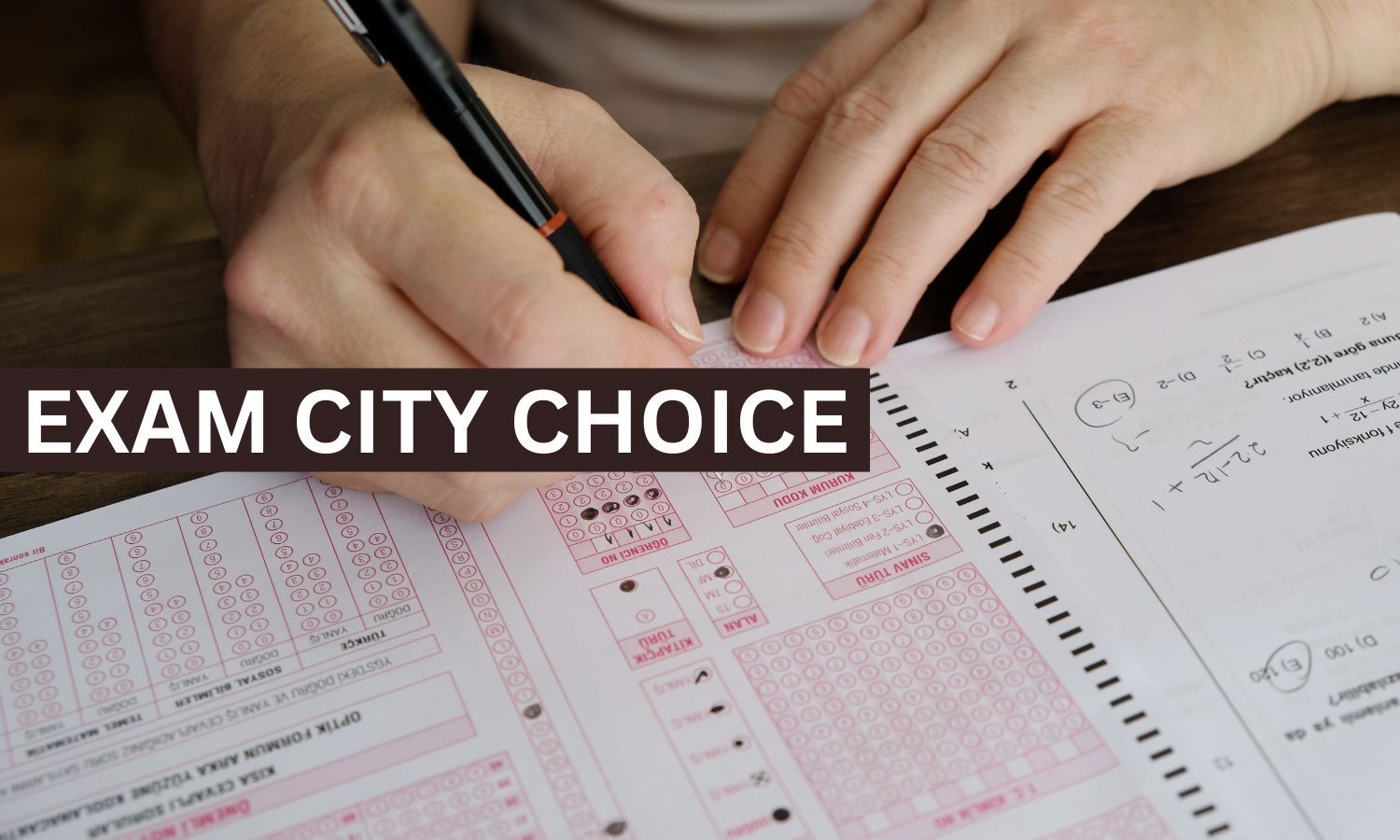Survey highlights counsellors’ fears that students are unable to cope with everyday stressors due to social media influence, phone misuse and disrupted sleep patterns
Almost nine-in-ten guidance counsellors have seen a significant increase in anxiety among secondary school students, a new survey has found.
Of 55 guidance counsellors polled by St Patrick’s Mental Health Services last March, 48 said that anxiety has risen across all year groups compared to the previous 12-month period.
Counsellors also reported a rise in other mental health concerns over the past year, including more frequent cases of eating disorders, and more complex difficulties such as trauma and psychosis.
Many observed a decline in students’ ability to cope with everyday stressors, attributing this to factors such as social media influence, phone misuse and disrupted sleep patterns.
“Research shows that 50 per cent of mental health presentations begin by the age of 14, and with young people spending large parts of their childhoods in school, it is essential that schools are equipped with tools and resources to provide the best possible setting to protect and nurture young people’s mental health,” said Carol McCormack, a clinical nurse manager at the Willow Grove Adolescent Unit run by St Patrick’s.
“From the survey responses, it is evident that guidance counsellors and teachers across the country are deeply committed to prioritising mental health and wellbeing among the student population. We must continue to support these efforts by providing practical, helpful and relevant resources and initiatives that can be used to promote positive mental health in schools.”
In addressing challenges with students’ mental health, survey respondents noted interactive workshops, consistent and visible wellbeing programmes, and personalised one-to-one check-ins as the most effective supports.
The survey highlighted an urgent need for better integration and consistency across mental health initiatives. Guidance counsellors expressed strong demand for age-appropriate, evidence-based resources.
Ongoing training for school staff – extending beyond guidance counsellors to the entire school community – was highlighted as a top priority, particularly in early intervention, anxiety management and strategies to engage parents effectively.
The survey also pointed to areas requiring greater focus, including school refusal, and neurodiversity.

St Patrick’s Mental Health Services CEO Paul Gilligan. Pic: Marc O’Sullivan
“Every child has the right to the highest attainable standard of physical and mental health,” said St Patrick’s Mental Health Services CEO Paul Gilligan.
“Schools and teaching staff, in partnership with parents, peers, families, and young people themselves, have a key part to play in this.”
The survey findings were revealed as students return to secondary schools and St Patrick’s launched its Walk in My Shoes national awareness-raising and education initiative
“Over the years, and particularly through the Walk in My Shoes campaign, we have seen teachers’ dedication and commitment to supporting young people’s mental health,” added Mr Gilligan.
“Progressive and innovative wellbeing programmes and initiatives are now central to many schools’ activities, and the findings from our Walk in My Shoes survey reinforce the importance of this work, as well as the need to continue to develop consistent and integrated mental health initiatives.
“A well-rounded education helps children realise their potential; boosts self-esteem; and fosters a sense of achievement. Schools recognise how their educational ethos needs to involve all school staff being vigilant for early signs of mental health distress in pupils such as deterioration of work, spurious illness, social isolation, the desire to remain with adults and erratic attendance. Embedding wellbeing into the ethos of education helps children to flourish both inside and outside the classroom.”









